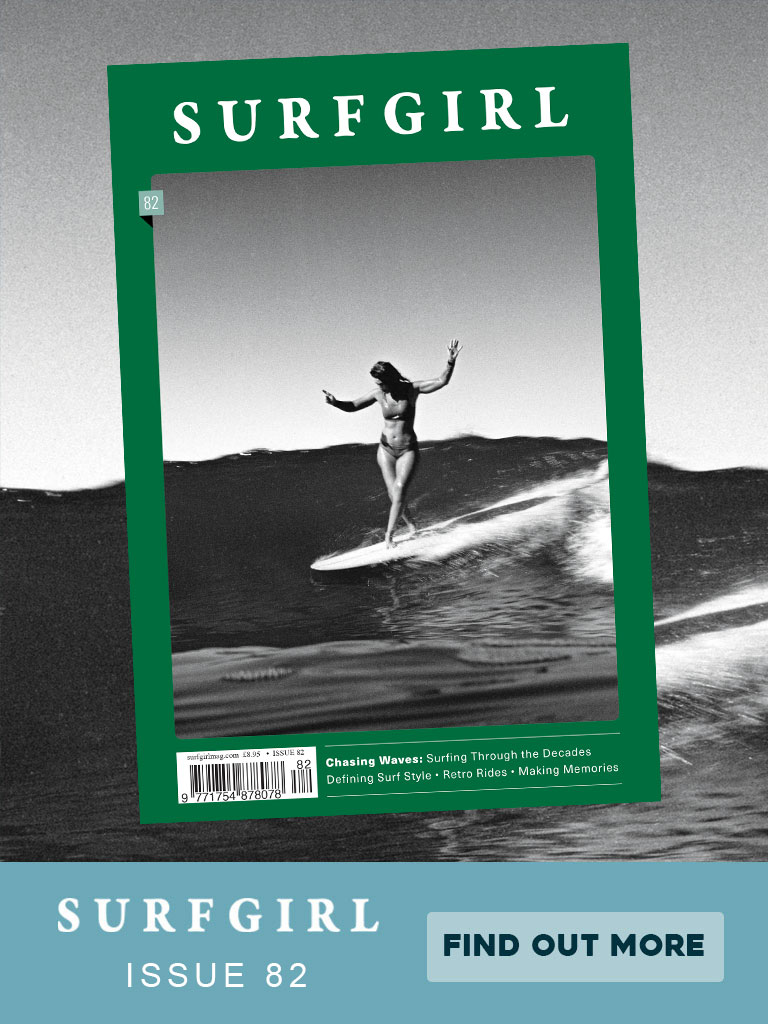
I am a surfer. I have been surfing for nearly 20 years. Being a surfer gives you an obsession with – and an addiction to – the ocean. It is a strong bond that drives me and leads me through life. I spend my first waking hours of every day thinking about the tides, the swell and the wind hitting my home beaches in Wales.
It felt like a gift to make an episode of Atlantic: The Wildest Ocean on Earth, on the tropical side of an ocean that I already know so well. I wanted to learn its moods, discover its magic and tell its stories. When you surf somewhere, whether the waves are good or bad, you connect with the ocean in a special way. You are immersed in it, harnessing its power, developing respect, sharing time and energy with it. Only then can you discover its secrets and stories, like getting to know a new friend. I take a similar approach in making a programme and telling a new story – you need to immerse yourself in the environment to understand its character.

In the case of the tropical Atlantic, I spent many weeks exploring and swimming the Caribbean coasts to find the right characters and locations to tell the story. In doing so I met people who have an affinity with their sea just as I do with my local Atlantic coast at home – people who know every inch of a beach, reef or mangrove forest, how it changes with the tides or comes alive with bioluminescence (light emitted by living things) at night.
One of the locals in Belize told me about a mangrove forest that he described as an underwater wonderland, and on hearing about it, I knew it would be perfect for the programme. But nothing prepared me for the astonishing beauty that I saw. As soon as the crew arrived, I couldn’t wait to show them what we were about to film! Legendary cameraman Didier Noirot, our assistant producer Lucy Wells and I spent a week filming among the mangroves, snorkelling and free diving among the shallows to capture new scenes.

Lucy and Renee outside the hut that doubled as their base in Belize.
Didier has been diving for many many years and has filmed most of the underwater spectacles we all know and love in wildlife films. He isn’t easy to impress. However, on the first day of filming Didier and I did a recce dive so that we could plan how to get the shots I wanted. He has seen a lot in his long career, and generally plays things very cool, but on this occasion we were both utterly wowed by what we had seen. Swimming down among the roots was captivating – with every corner turned, we found a new kaleidoscope of colours, textures and variety of life. It was like a British woodland walk in spring, but instead of bluebells, primroses, wild garlic and violets there were tunicates, sponges and corals clinging to the underwater roots, and every so often, if you looked carefully, shy long-snouted seahorses would emerge from the shadows.

A cave near Grand Cayman, with tarpon and silverside fish I have never seen anything as intricate and beautiful as the underwater wonderland hidden among the mangroves of Belize – such a precious and enchanting world. The mangrove scene is one of my favourite parts of the episode, not only for its beauty, but for the bigger story about how special mangroves are. They normally get bad press as sludgy, ugly places, however there is real magic among Belize’s mangroves. The programme, I hope, will help tell their story and the importance of the role they play in the stability of the tropical Atlantic will become better understood.
Renee Godfrey is a surfer and the director and producer of the third episode of Atlantic: The Wildest Ocean on Earth – From Heaven to Hell which is on BBC2.
Atlantic: The Wildest Ocean on Earth and each episode will be available in BBC iPlayer for 30 days after broadcast on TV.
Photo: Renee Surfing, Stu Norton.



